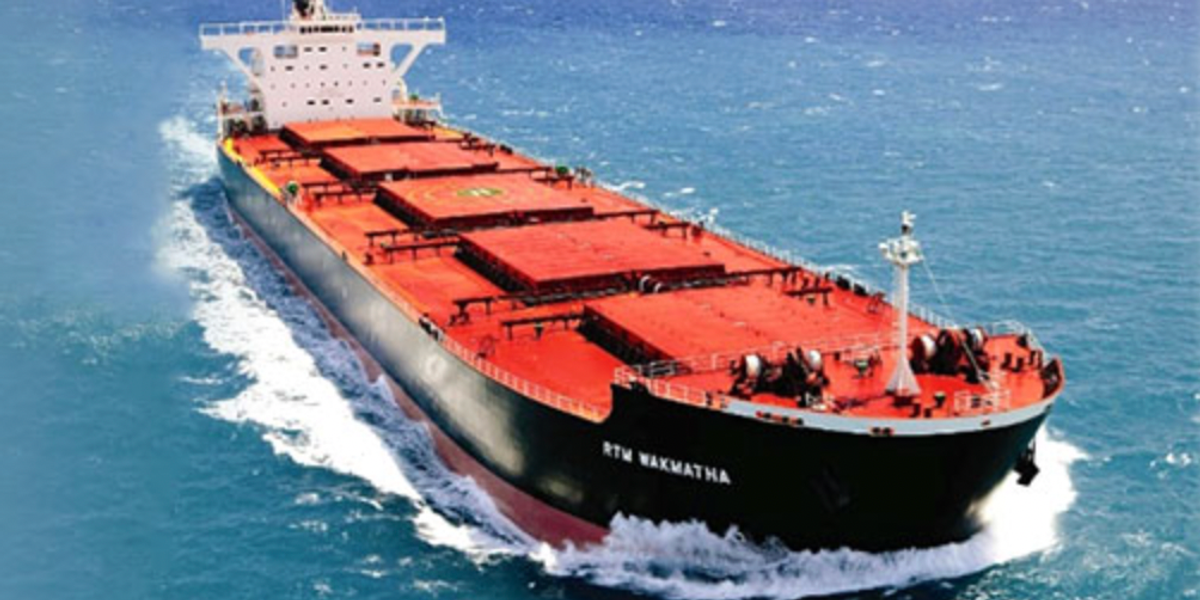
Import volumes into the U.S. fell slightly in August, suggesting that the traditional surge in tow activity spanning late Q3 to early Q4 will not materialize for the peak season in 2025, according to a report from third-party logistics (3PL) provider ITS Logistics.
This decline on the coasts comes in the wake of American companies rushing to import goods before the start of the tariffs threatened by the White House. Because of this pattern, an increase in front-loaded freight is now moving inland, causing congestion on major rail lines from the coasts and boosting local truckload activity in select areas, ITS said in its “ITS Logistics U.S. Port/Rail Freight Index.”
With so much inventory now moving across the U.S., shippers must focus on protecting it from rising rates of cargo theft as the industry enters the hectic holiday season, the Reno, Nevada-based 3PL said.
“For the most part, shippers have already moved inventory into North America during the various increases in front-end loading throughout the year,” Paul Brashear, vice president of global supply chain for ITS Logistics, said in a statement. “These goods are now being moved inland from coastal regions, which is reflected in higher inland and ocean container volumes and higher outbound truckload rates from regions with expansive metropolitan and warehouse footprints – including Southern California, Dallas, Chicago and Atlanta.”
According to ITS, the decline in import volumes and peak season activity is occurring during another exceptionally turbulent regulatory period for supply chain professionals. August 29 was the last day of the de minimis exemption, subjecting 92% of all U.S. merchandise shipments to new duties and causing nearly a dozen countries and global shippers to temporarily halt shipments to the United States. On the same day, a US Court of Appeals ruled that most of President Donald Trump’s tariffs were illegal. While the majority of shippers await the Supreme Court’s final decision – now expected in November – before making any changes, the ruling adds to the uncertainty.
Against this backdrop, ITS Logistics confirms that declines in demand in August are likely to continue into October. By the numbers, U.S. container imports for August totaled 2,519,722 twenty-foot equivalent units (TEUs), up 1.6% year over year, but down 3.9% from near-record highs set in July. The National Retail Federation expects tariff policies to lead to a 5.6% decline in total inbound volume for 2025 — which, given volumes since the beginning of the year, could mean a stark 17.5% decline in the last few months of 2025. Meanwhile, freight that has already entered the domestic market faces its own challenges, such as anticipated congestion on major rail lines that transport Large amounts of pre-loaded inventory. Organized cargo theft and freight fraud have also reached record levels across rail and trucking.
“In peak season especially, incidents of stolen inventory and fraud result in delays that cost shippers much more than the lost load itself,” Brashear continued. “That’s why it’s essential to partner with carriers that not only provide real-time visibility, but also maintain strict onboarding and fraud prevention standards to protect freight from port to final destination.”










